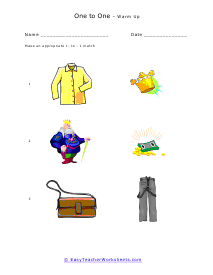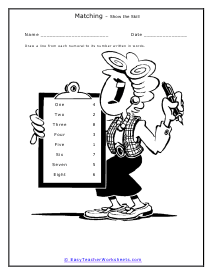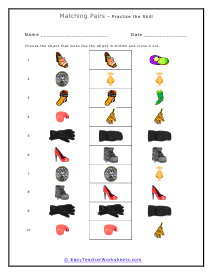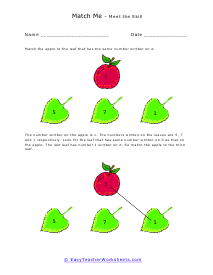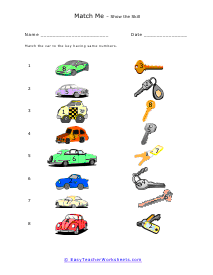When you're teaching students about finding a connection between objects, you need to make them first understand the visual prospects of them. In other words, you have to build intuition to analyze the common aspects of two objects. For instance, if you're provided with two boxes, they know that the most common thing between them is their shapes. But there are other aspects which are not common, such as the color of the boxes, or the design patterns on them. Now that you have made them understand the common shapes between objects, the next step is to understand the characteristics. In this case, try to give them a homework assignment and tell them about different objects which can serve as a single purpose. For instance, tell them to identify objects which they sit on. They can use a bed, a sofa, or a chair for sitting purposes.
We find that some preschool teachers and homeschoolers resist exploring the concept of connecting the dots with their students or children. Connecting the dots is a brilliant way to review counting, drawing, and even penmanship skills in a single worksheet. Students should start by viewing the entire scene from a distance to give them a good idea of where they should go with it. These worksheets explain how to connect items that are similar in appearance, function, or association. Activities include connect-the-dot puzzles, circling, drawing lines, and more.













